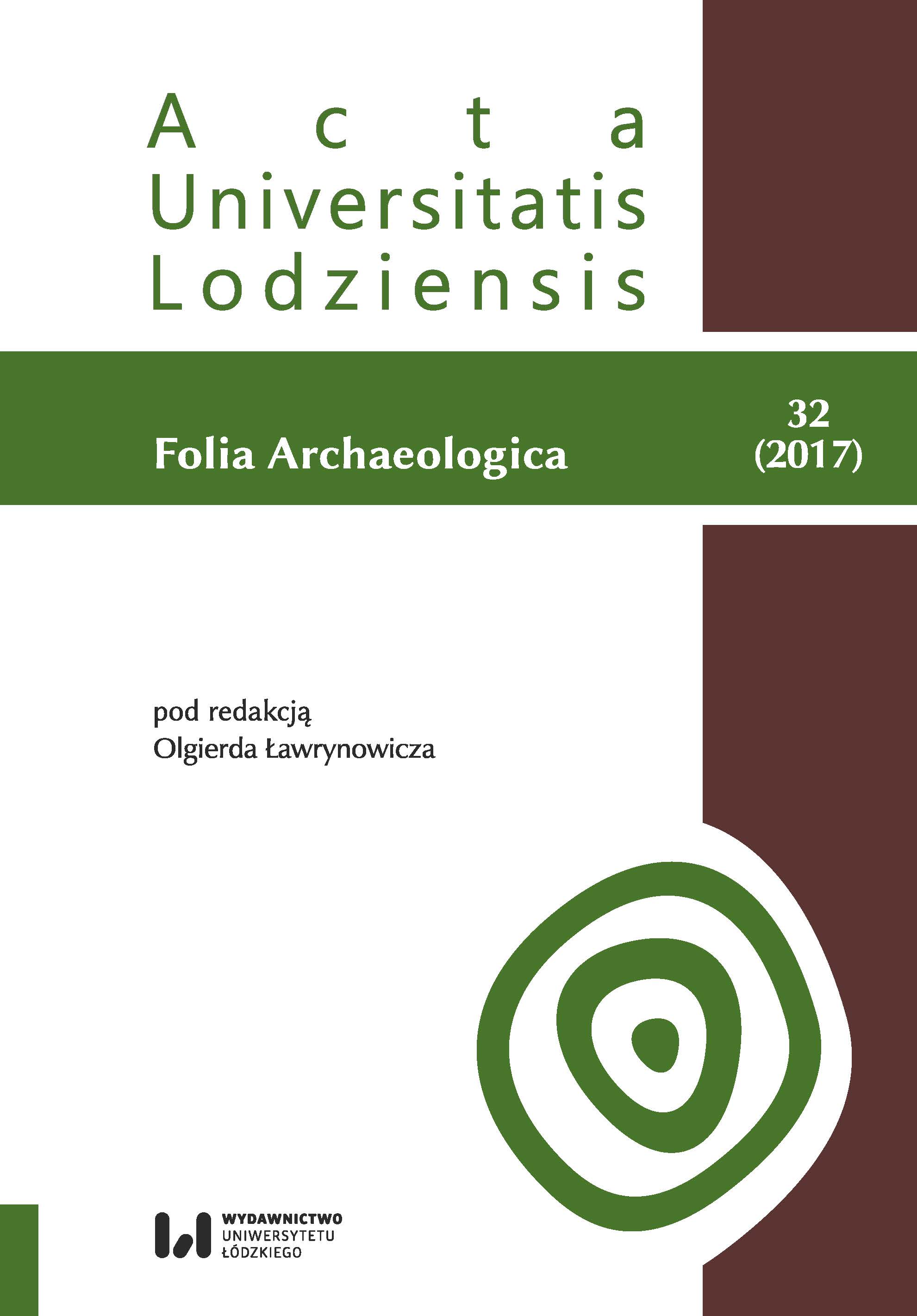Archeologie krajiny ovlivněné výstavbou vodních nádrží
Archaeology of landscapes affected by construction of water reservoirs
Author(s): Martin VáňaSubject(s): Archaeology, Economic history
Published by: Wydawnictwo Uniwersytetu Łódzkiego
Keywords: archaeology of the contemporary past; water reservoirs; deserted villages
Summary/Abstract: During the 20th century, 43 large water reservoirs were built on the territory of the present Czech Republic. These reservoirs have caused huge changes in cultural landscapes. Large areas have been flooded, many villages and towns have been deserted and many old communication tracts have been broken. There are many sources for studying these abandoned landscapes, such as pictures, photos, movies, old maps and military aerial photos from the 40s and 50s. We can also examine the archaeological relics of former human activities. This paper describes three examples of archaeological monuments that can be found in the landscapes transformed by water reservoirs. The first one is the ruin of the village of Fláje in the north of Bohemia. This village was founded in the Middle Ages and deserted in the 50s due to the construction of the Fláje water dam. This reservoir destroyed about two-thirds of the village, but also the rest of the settlement was abandoned and destroyed when the drinking water protection zone was established. The field research of this site took place during the reconstruction of the dam when the water level was much lower than usual. That revealed dozens of relicts of demolished houses and other remnants of the deserted village. Another example is the closed railway between the towns Černá Hůrka and Želnava in the Šumava mountains (southern part of Bohemia). This railway has been closed due to the construction of the largest water reservoir in the Czech Republic Lipno. Parts of the railway (in dry areas) were studied. Long sections of the rail bank with several structures (bridges, crossings, stations) were discovered with the use of old maps and aerial pictures. The last example describes two concrete bridges of the main Czech highway between the two largest cities in the Czech Republic – Prague and Brno. The construction of the highway began in the 30s, but it was interrupted between the 40s and 60s. Meanwhile, the Želivka water reservoir has been built and it flooded part of the unfinished highway. The bridges of the highway are now abandoned in the middle of the lake. The Czech landscapes of the large water reservoirs hide many remains of former human activities. Archaeology can provide useful tools for the research of the remains and for a better understanding of the history of those abandoned places. During the 20th century, 43 large water reservoirs were built on the territory of the present Czech Republic. These reservoirs have caused huge changes in cultural landscapes. Large areas have been flooded, many villages and towns have been deserted and many old communications have been broken. There are many sources for studying these abandoned landscapes, such as pictures, photos, movies, old maps and military aerial photos from the 40s and 50s. We can also examine the archaeological relics of former human activities. Archeologie krajiny ovlivněné výstavbou vodních nádrží 324 This paper describes three examples of archaeological monuments that can be found in landscapes transformed by water reservoirs. The first one is the ruin of the village Fláje in the north of Bohemia. This village was founded in the Middle Ages and deserted in the 50s due to the Fláje water dam. This reservoir destroyed about two-thirds of the village, but also the rest of the settlement was abandoned and destroyed due to the drinking water protection zone. The field research of this site took place during the reconstruction of the dam when the water level was much lower than usual. That revealed dozens of relict of demolished houses and other remnants of the deserted village. Another example is the closed railway between towns Černá Hůrka and Želnava in the Šumava mountains (southern part of Bohemia). This railway has been closed due to the largest water reservoir in the Czech Republic Lipno. The parts of this railway (in dry areas) were studied. Long sections of the rail bank with several structures (bridges, crossings, stations) were discovered with help of old maps and aerial pictures. The last example describes two concrete bridges of the main Czech highway between two largest cities in the Czech Republic Prague and Brno. Construction of this highway began in the 30s, but it was interrupted between 40s and 60s. Meanwhile, the Želivka water reservoir has been built and it has flooded part of the unfinished highway. The bridges of the highway are now abandoned in the middle of the lake. Czech landscapes of the large water reservoirs hide many remains of former human activities. Archaeology can provide useful tools for research of this remains and for a better understanding of the history of this abandoned places.
Journal: Acta Universitatis Lodziensis. Folia Archaeologica
- Issue Year: 2017
- Issue No: 32
- Page Range: 309-324
- Page Count: 16
- Language: Czech

